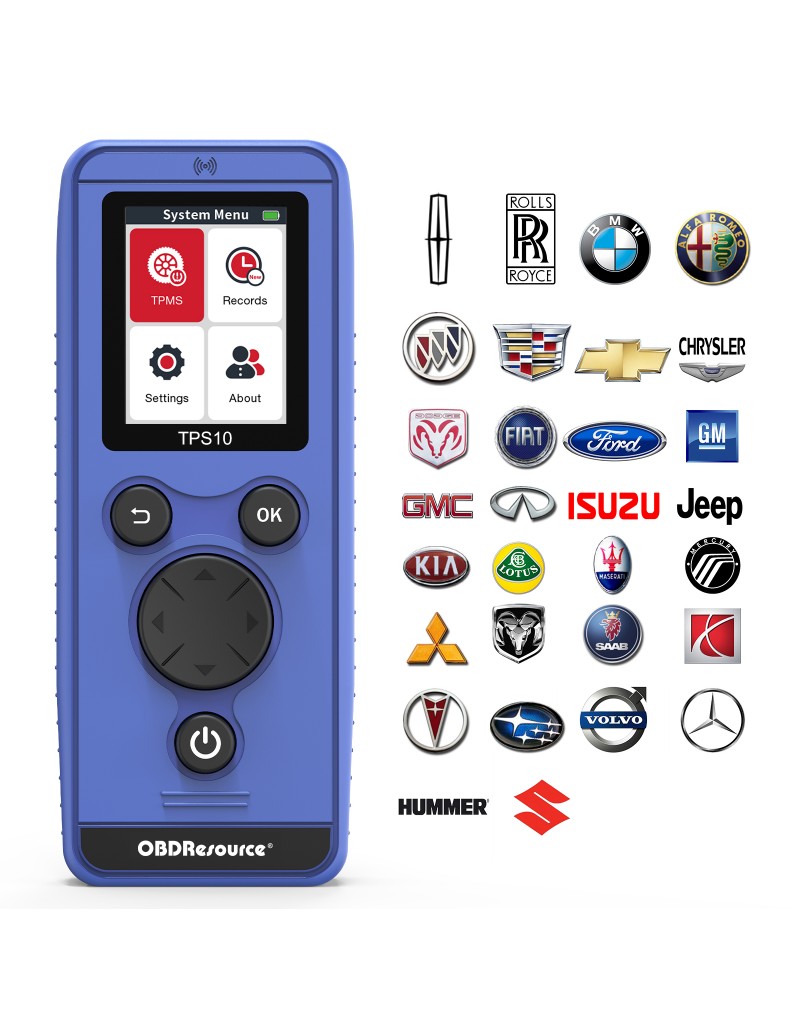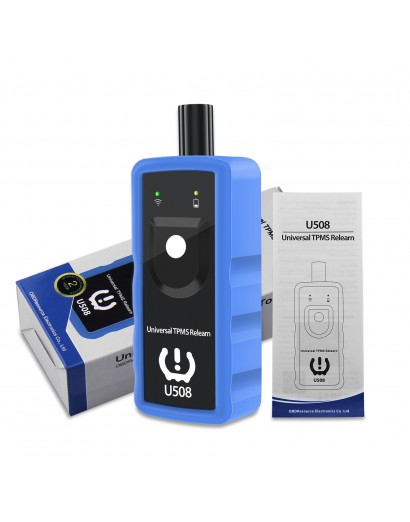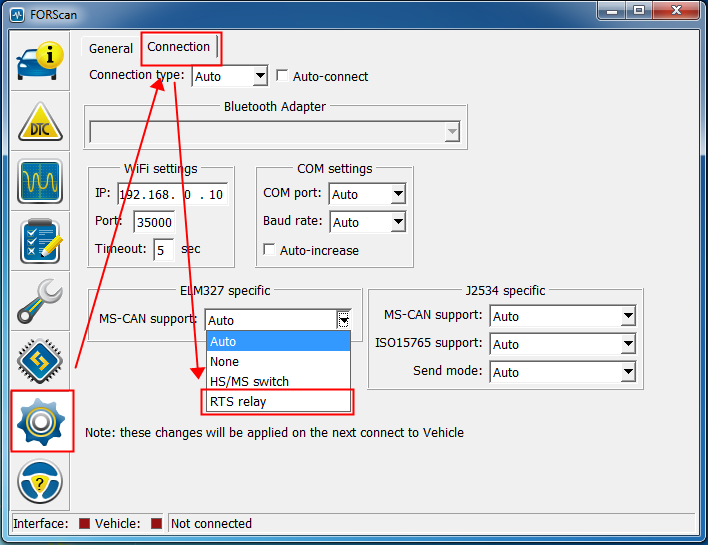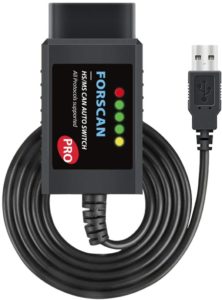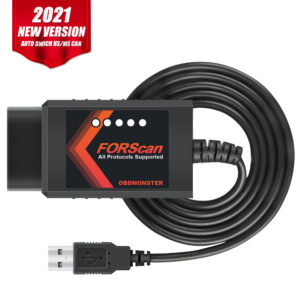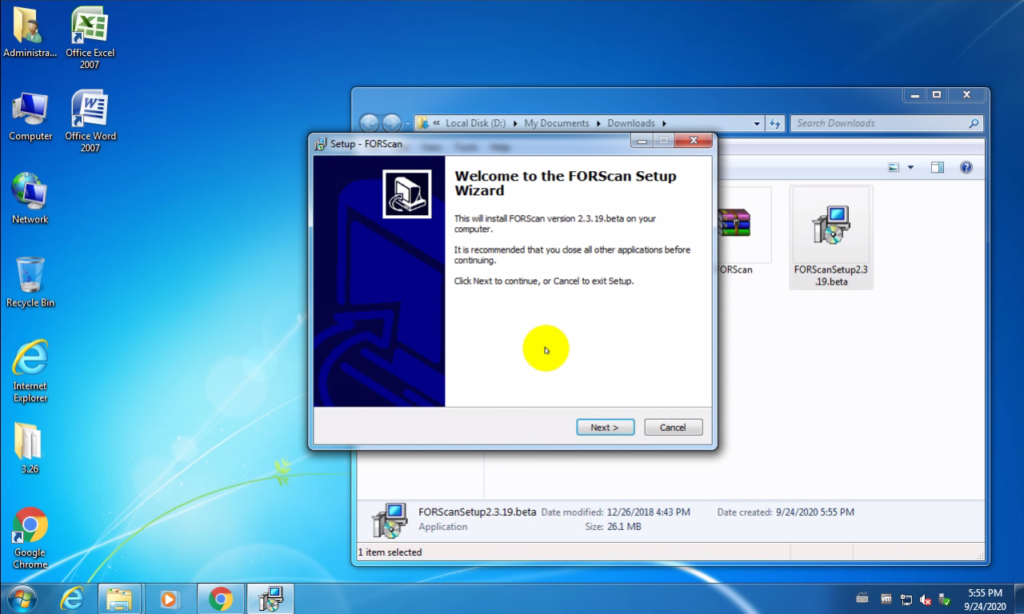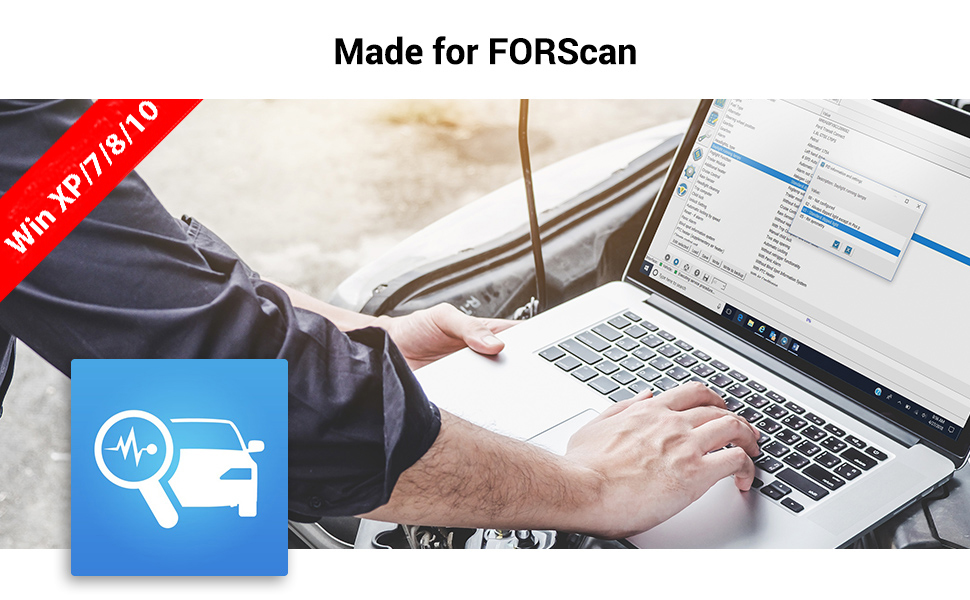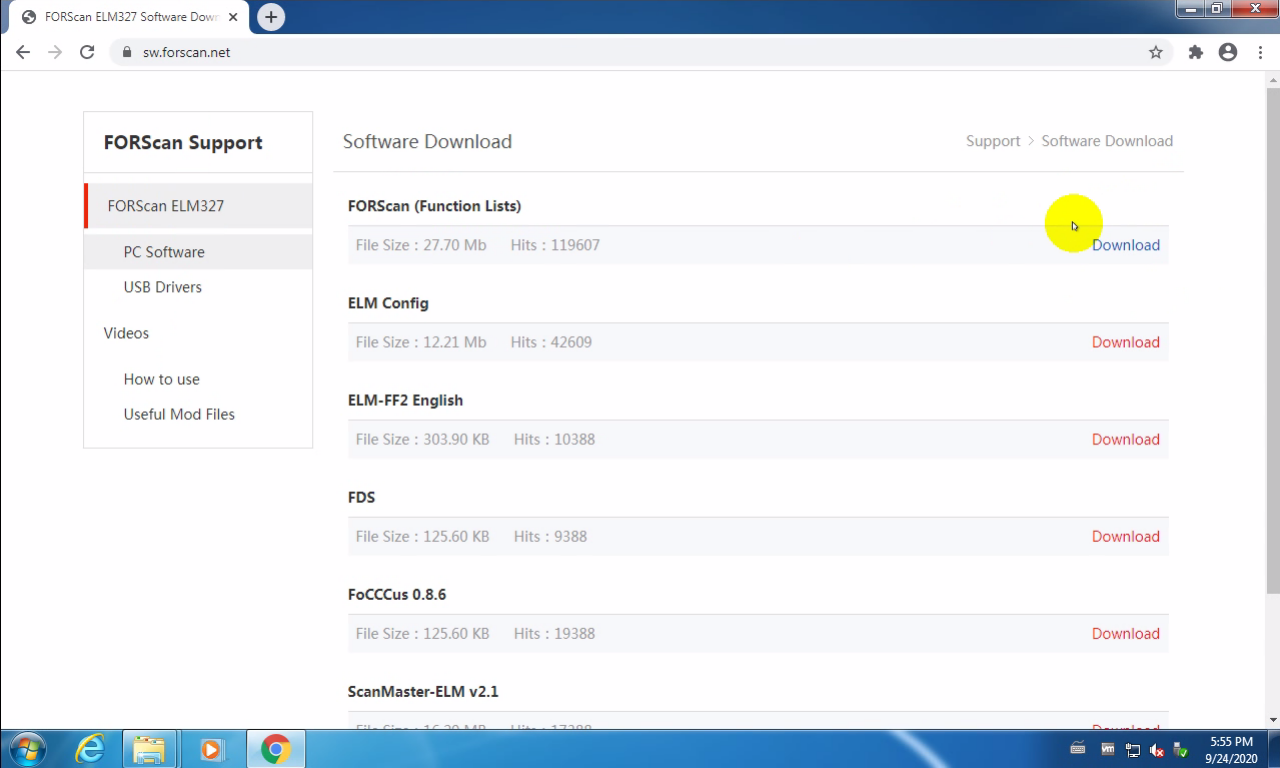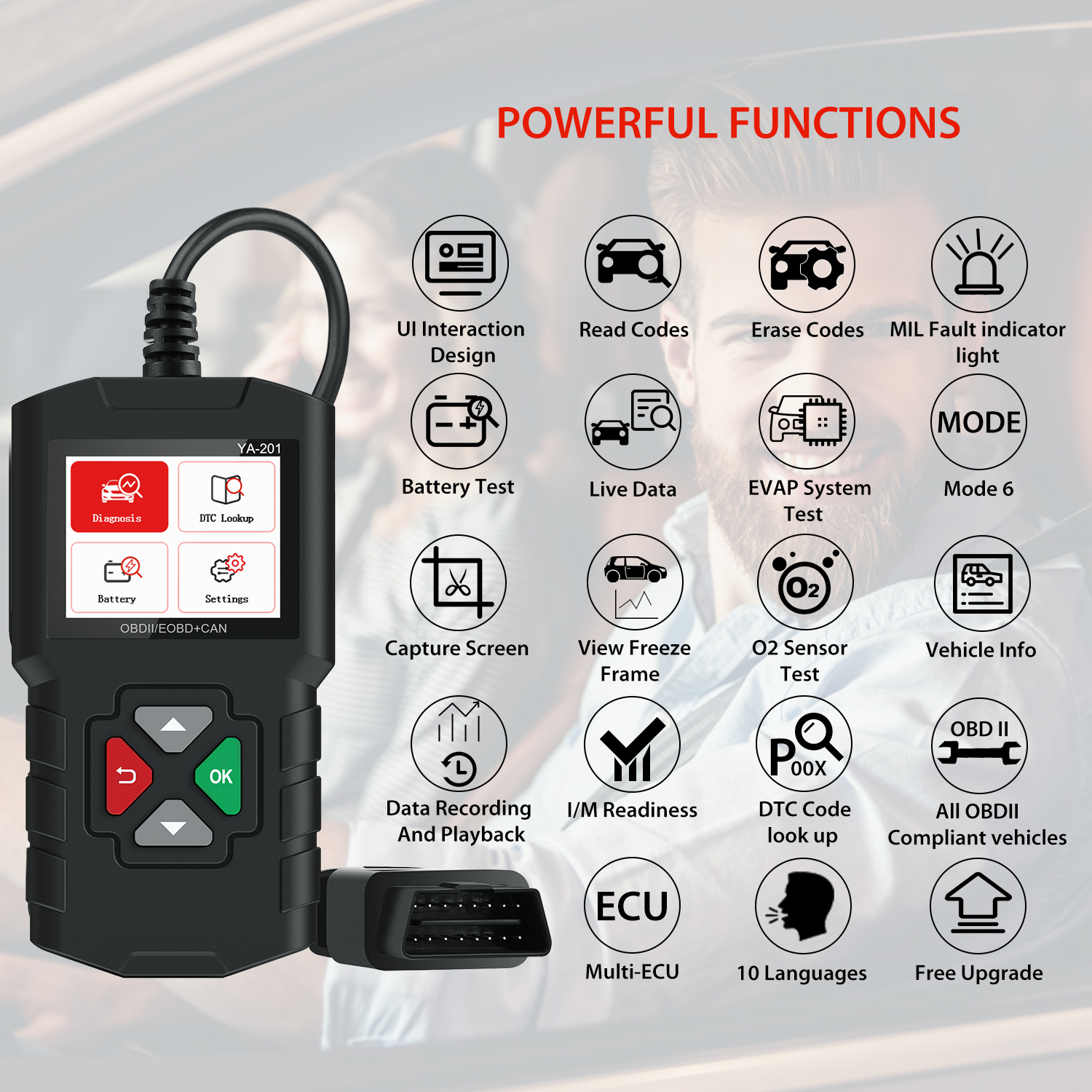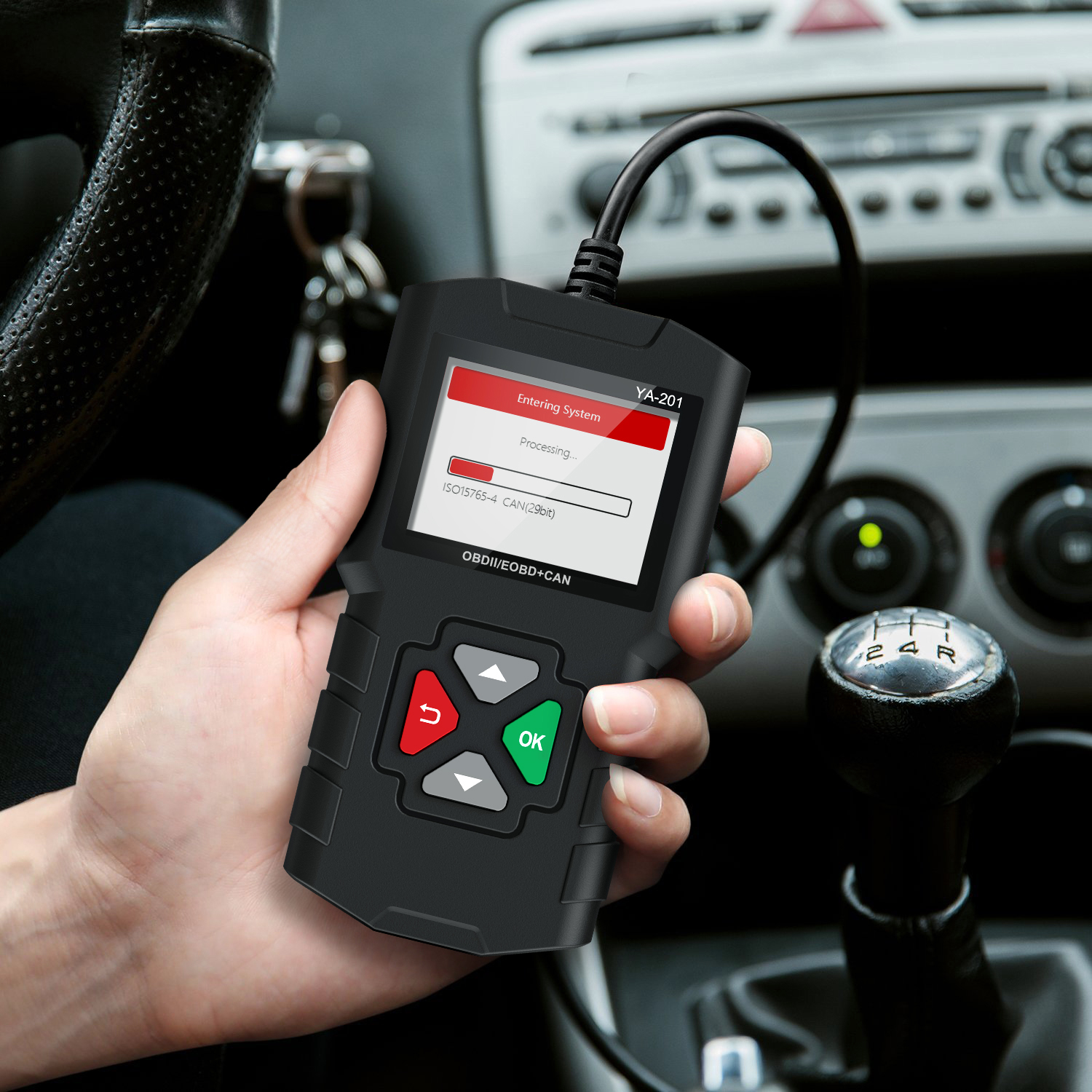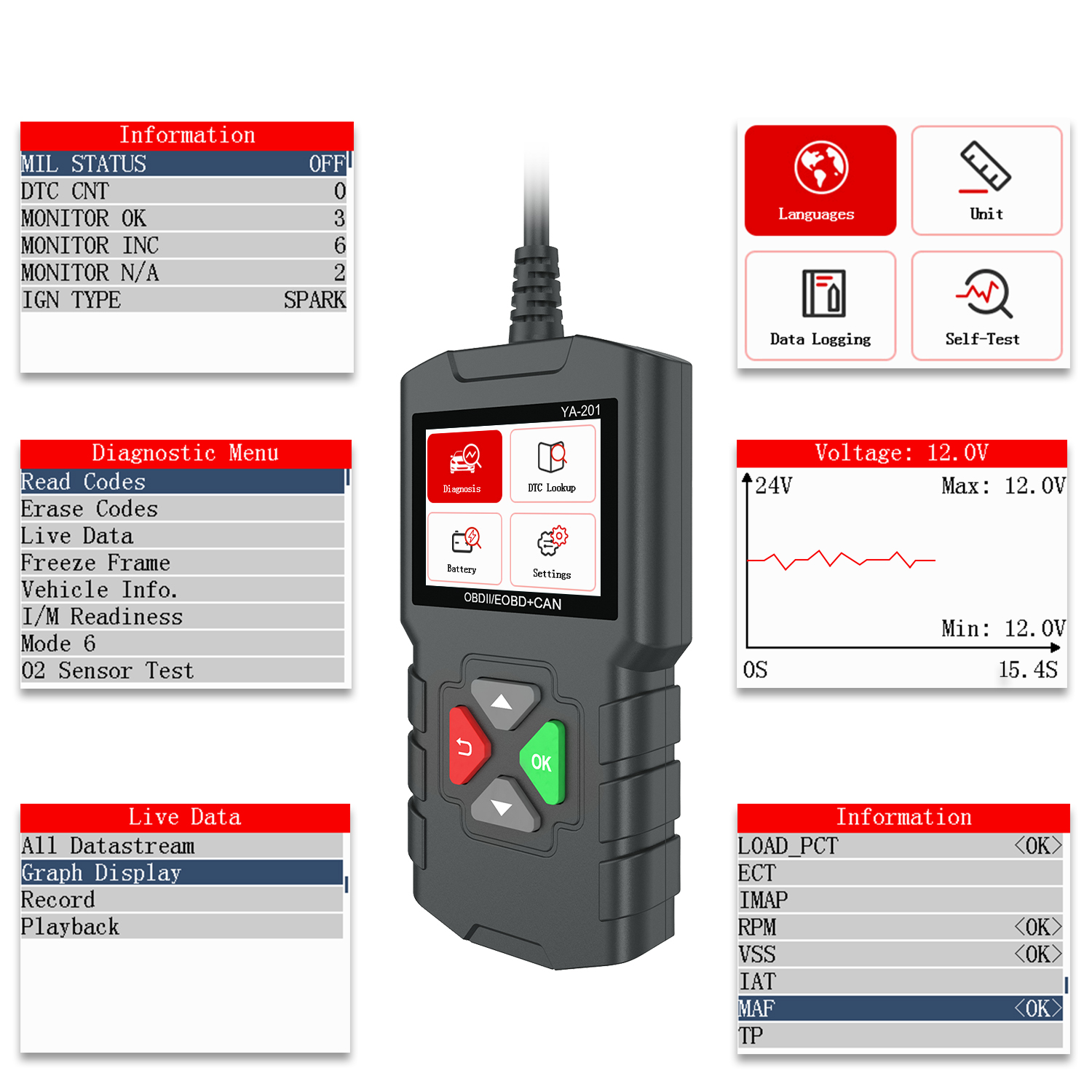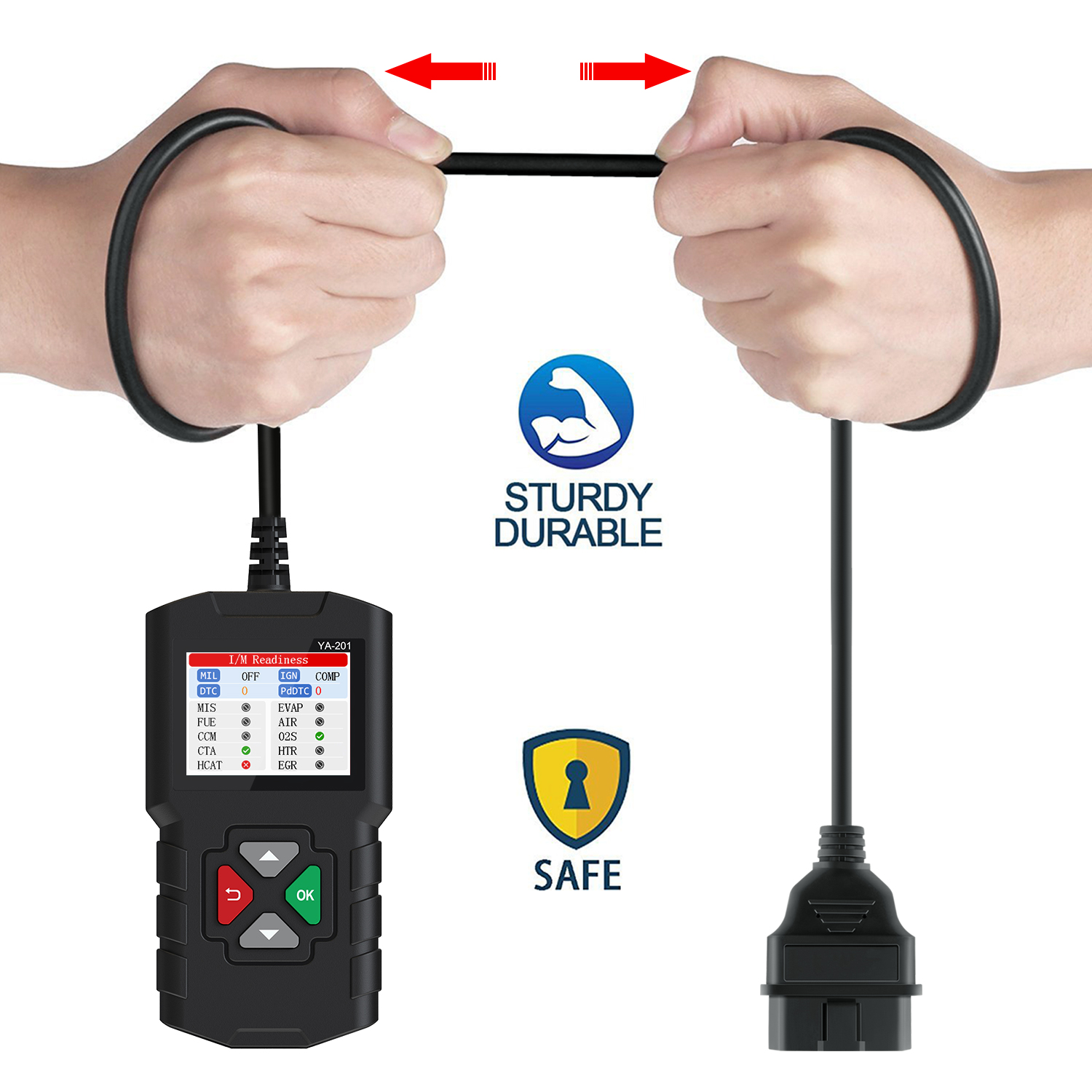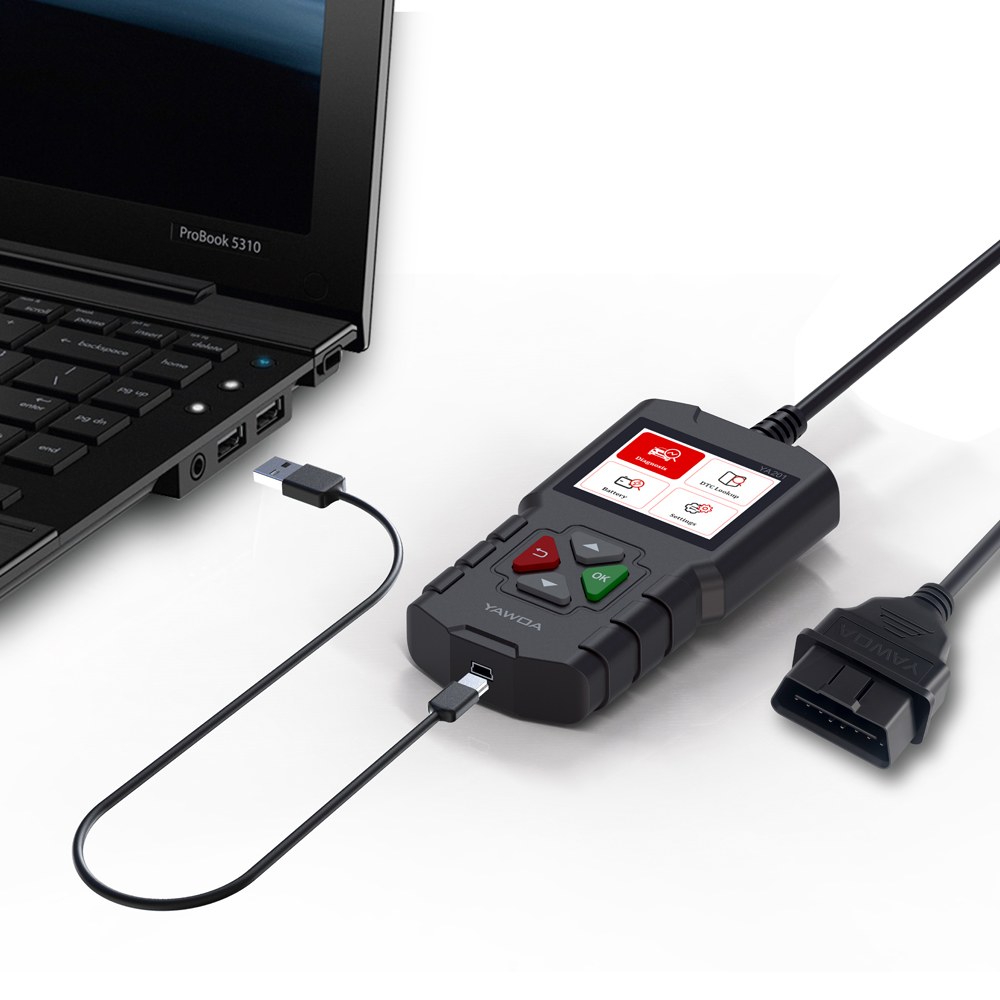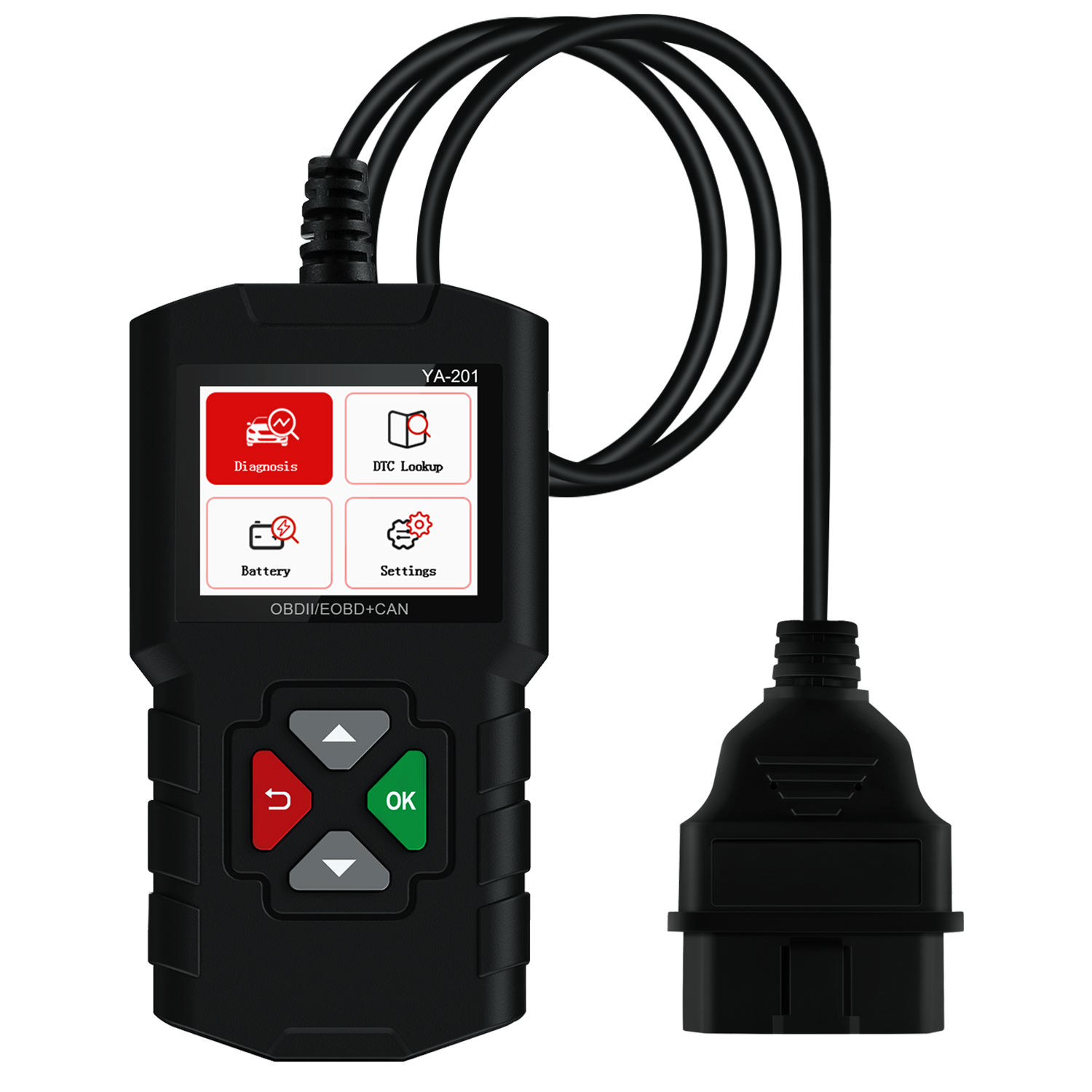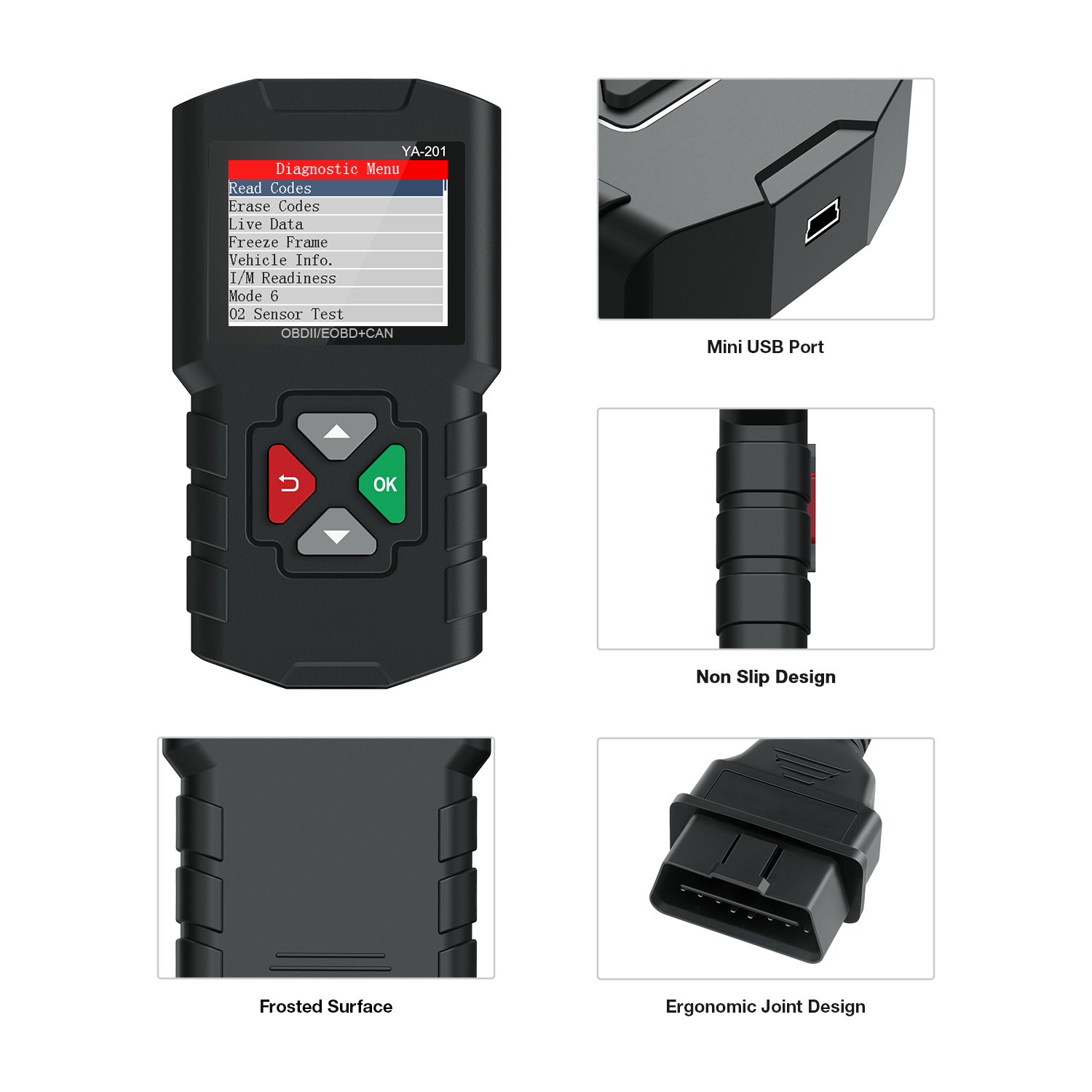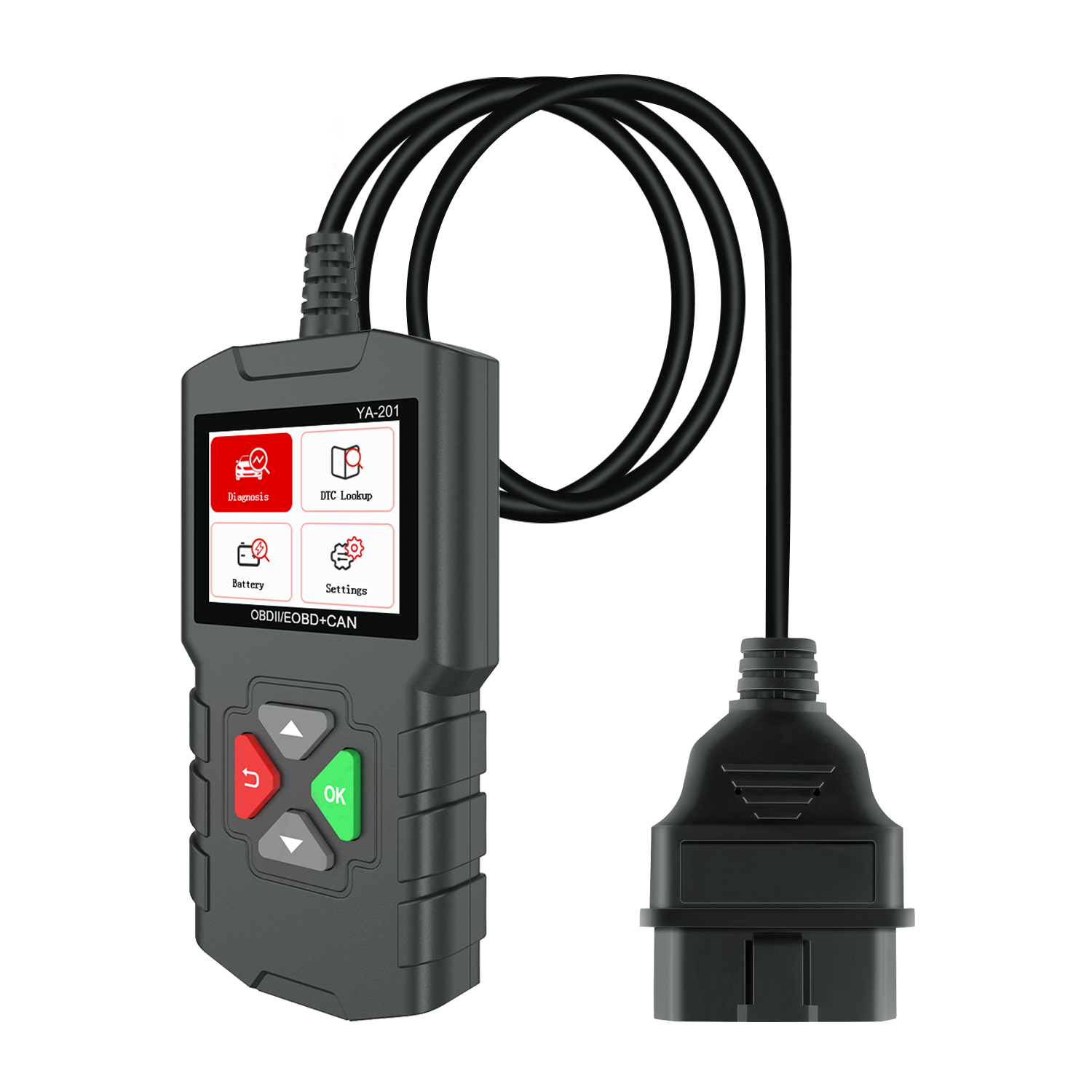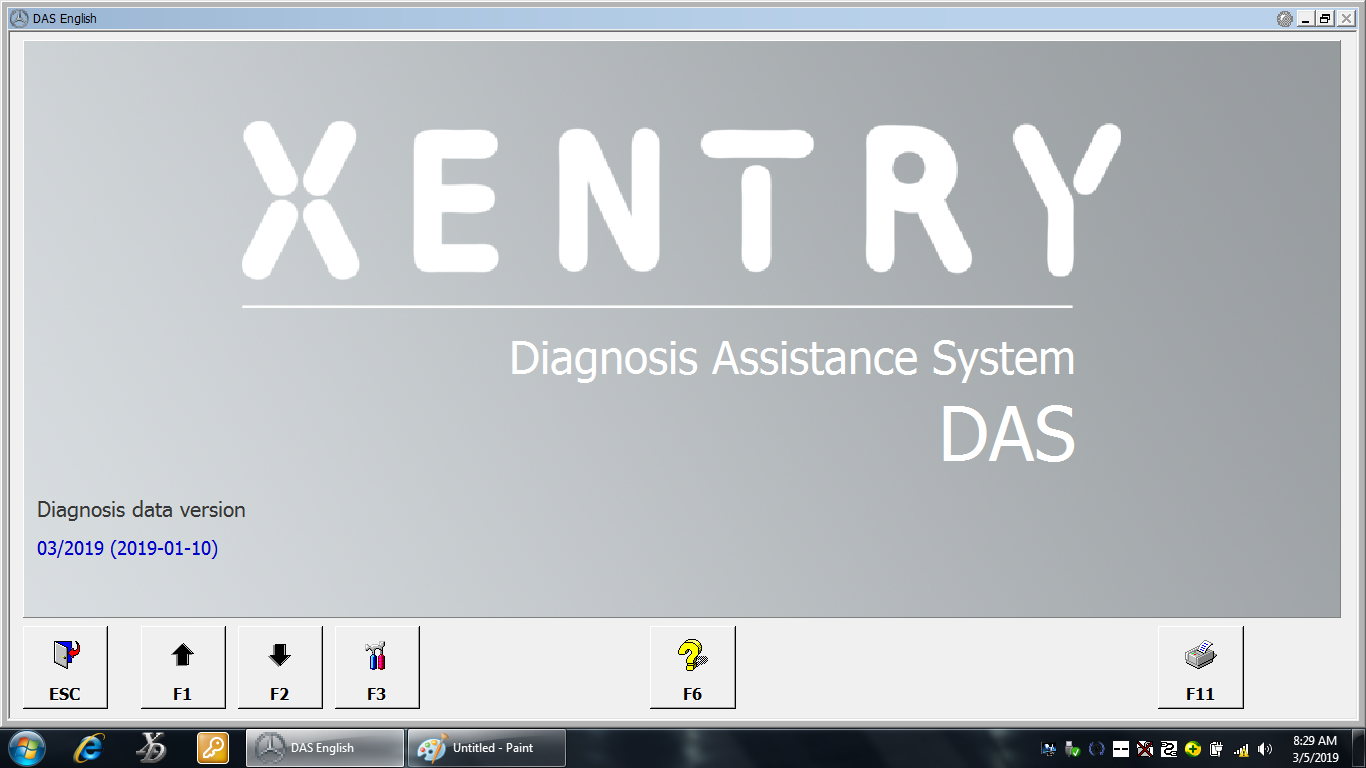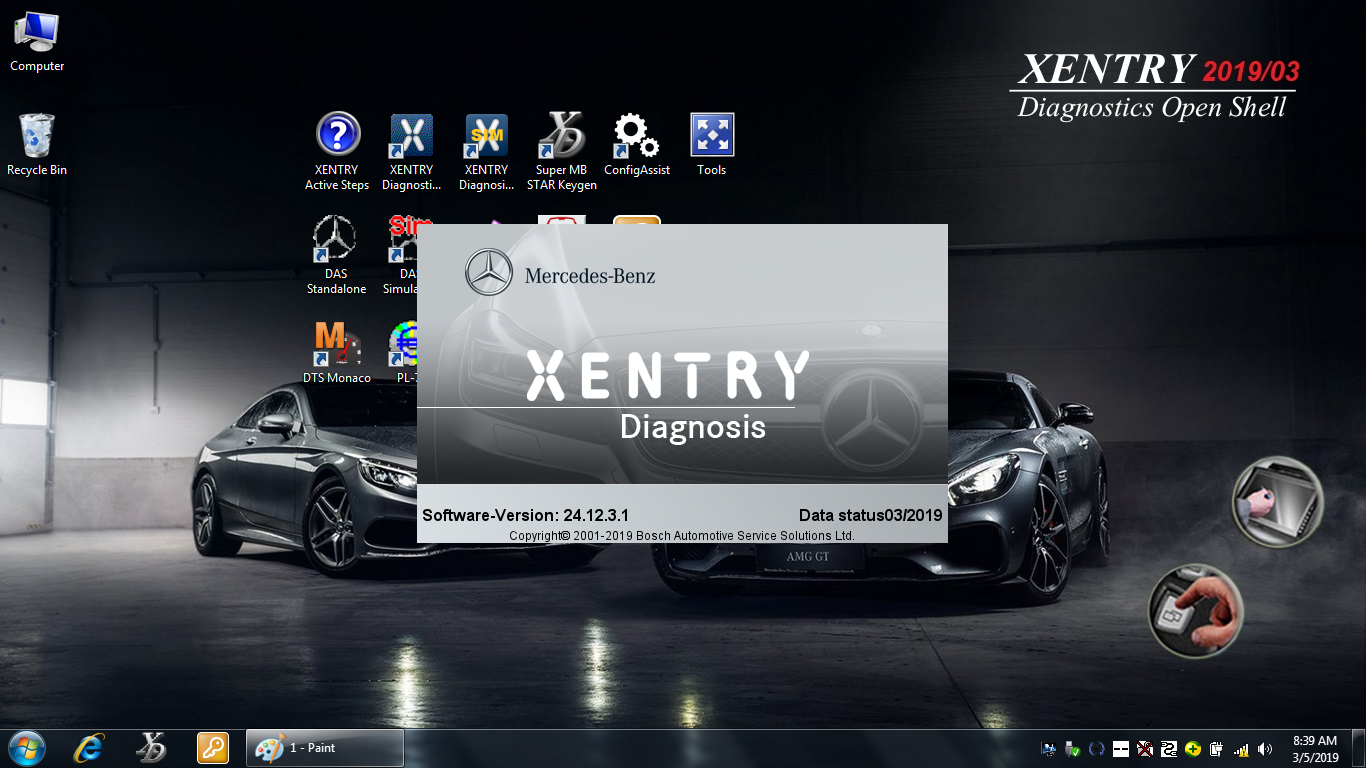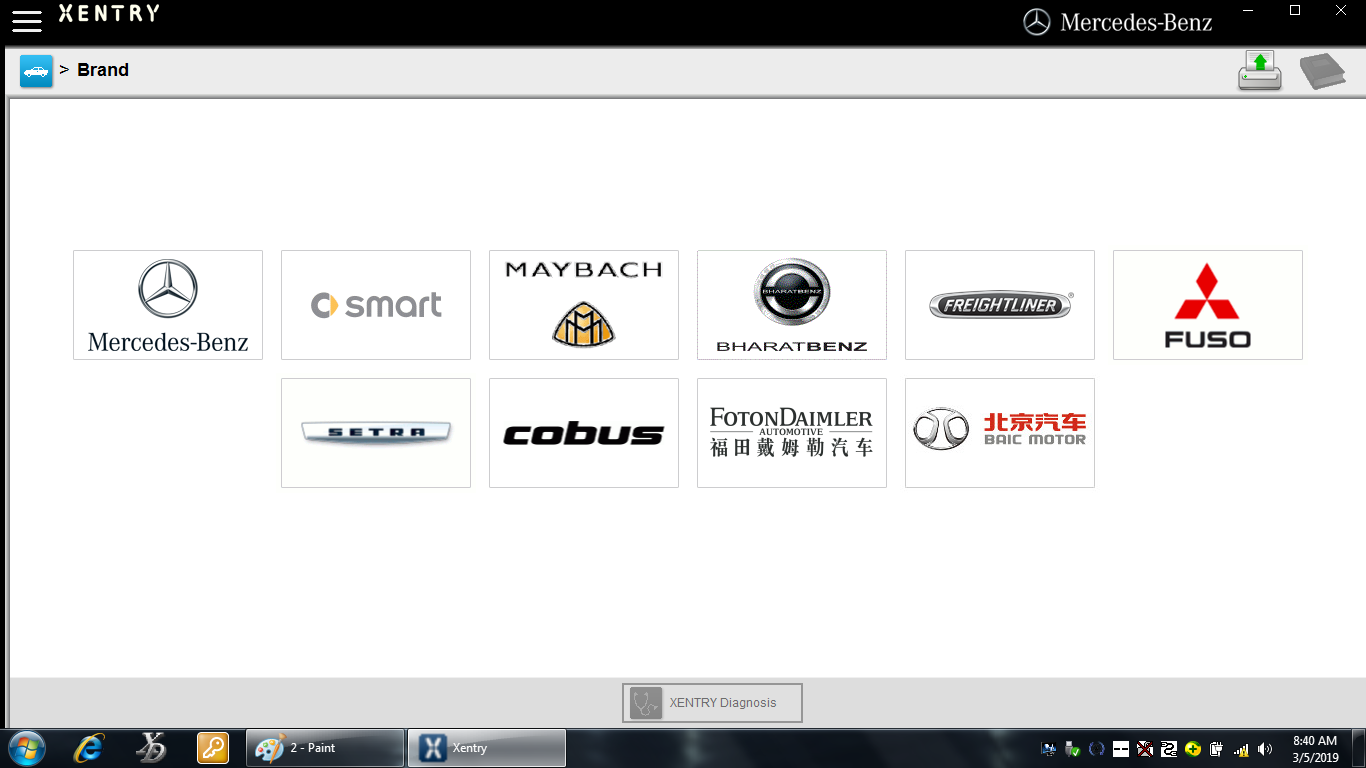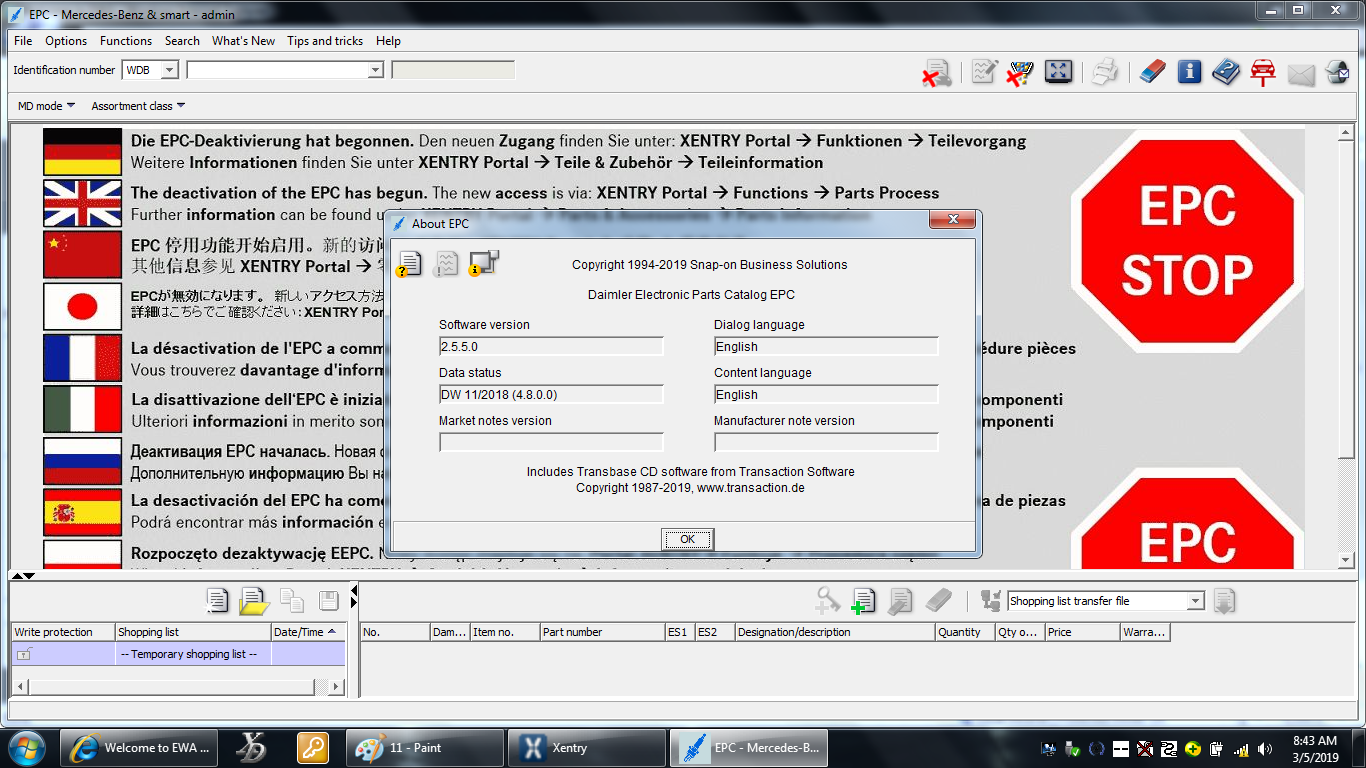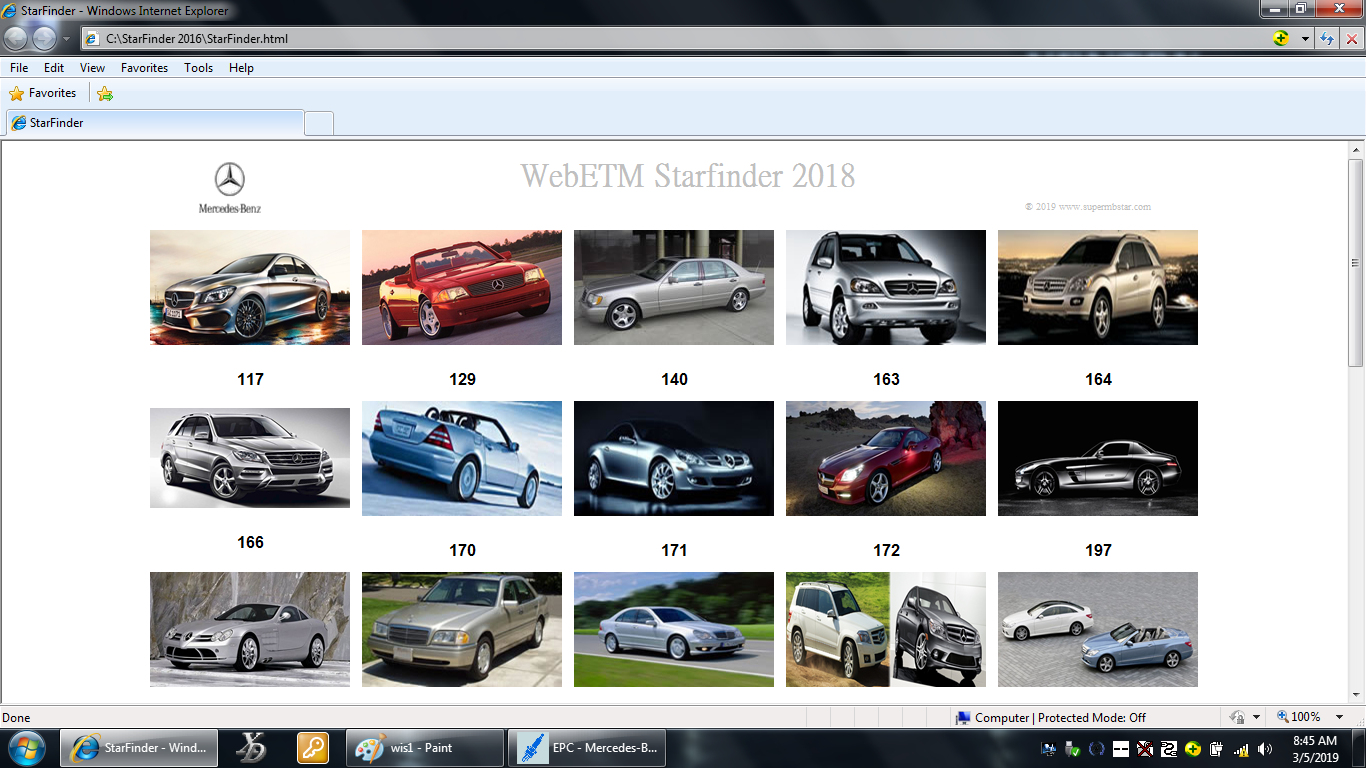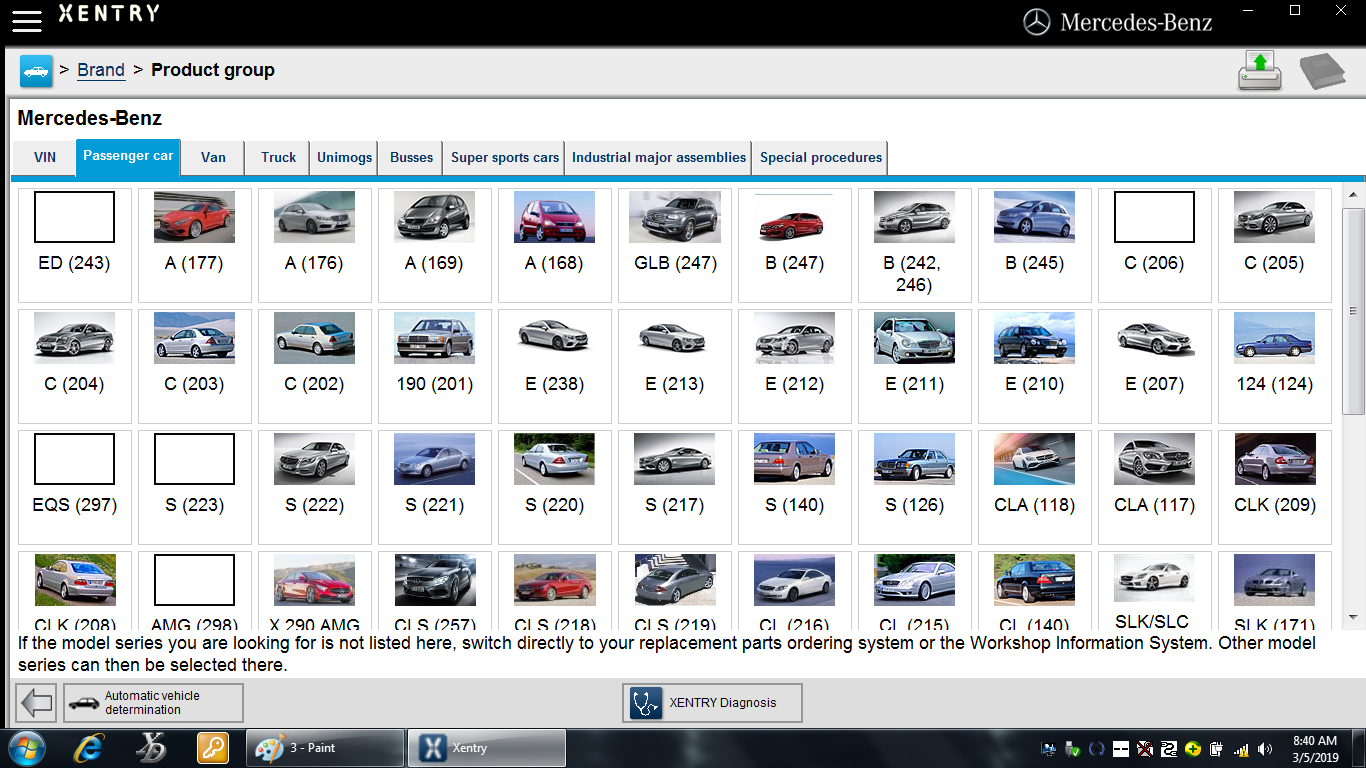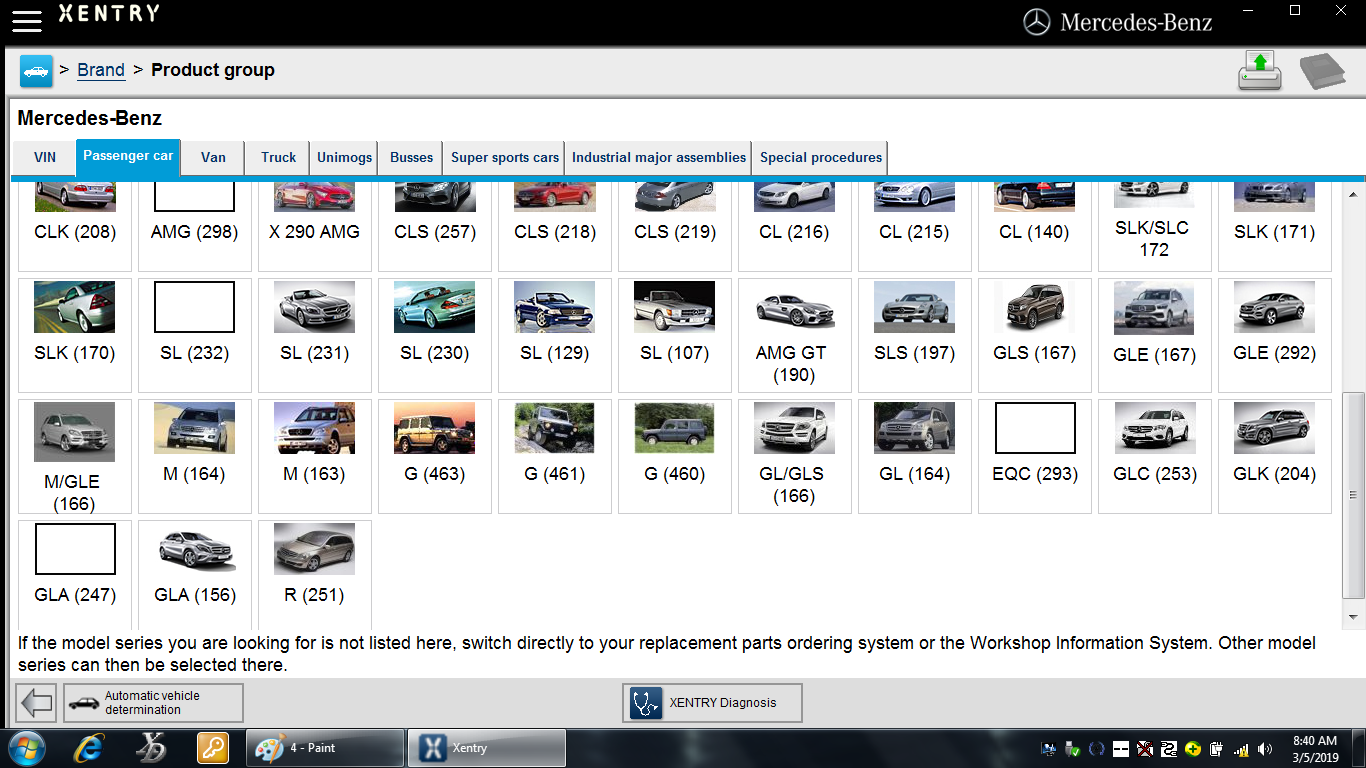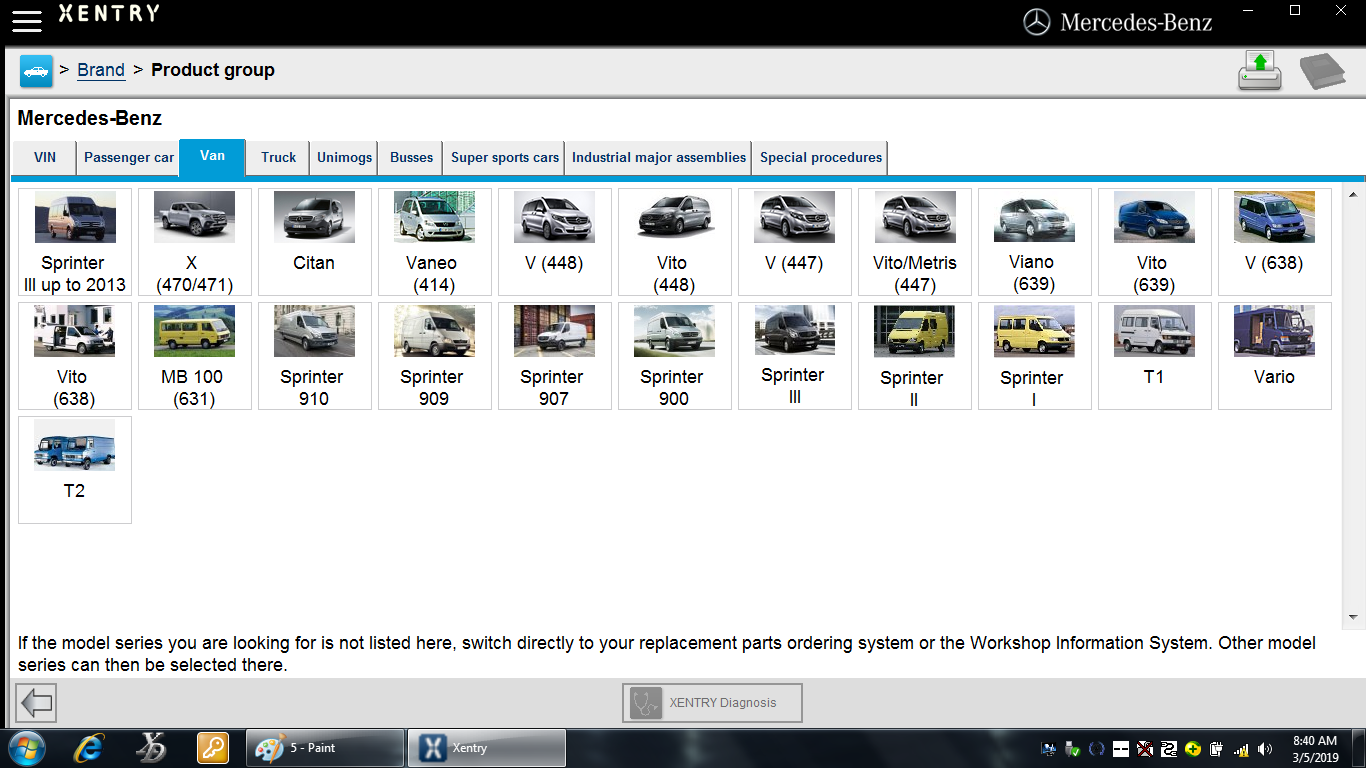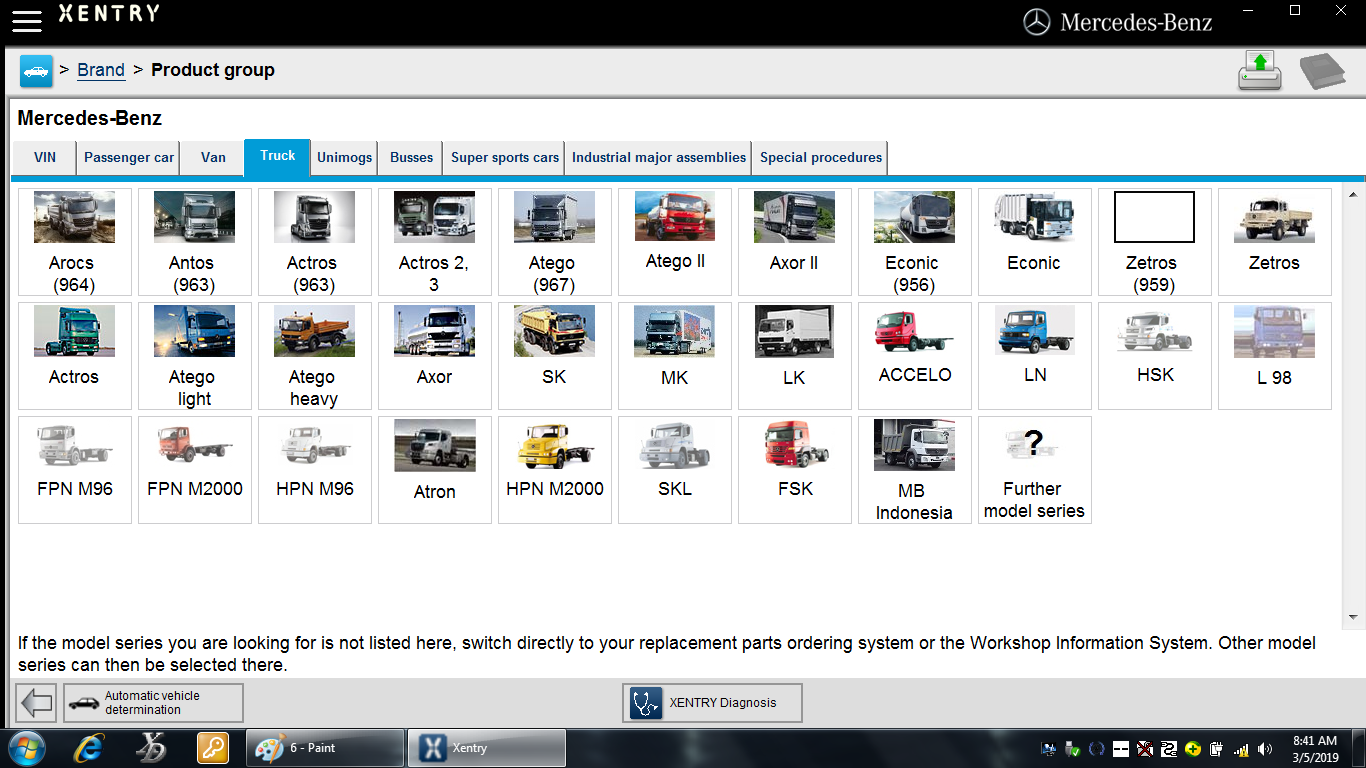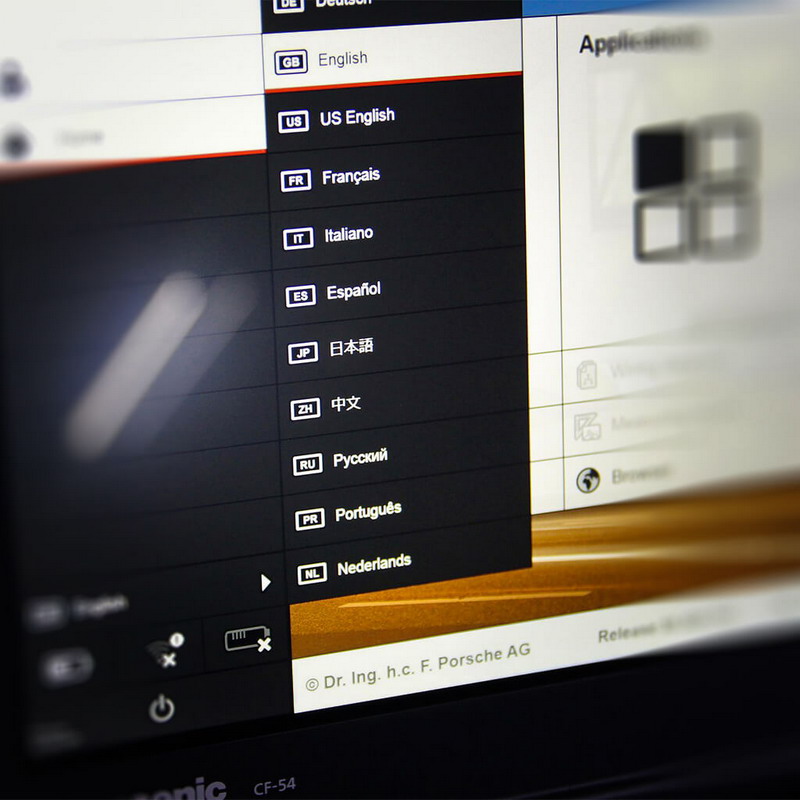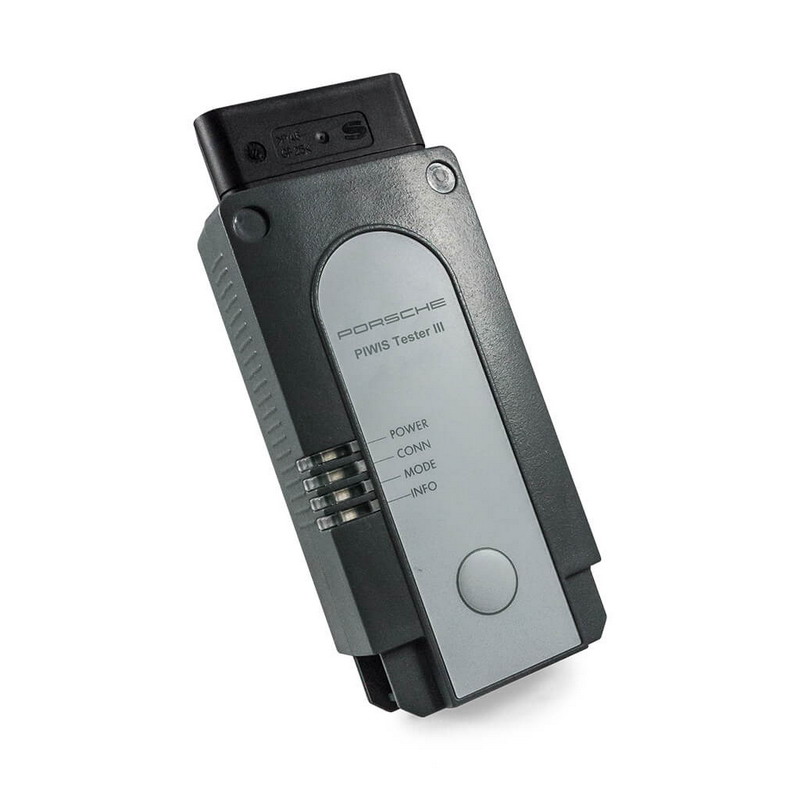MicroPOD II V17.04.27 wiTech MicroPod 2 for Chrysler/Dodge/Jeep
MicroPOD II for Chrysler is a diagnostic and programming 2 in 1 interface Works as a direct replacement for the withech POD can fits in your shirt pocket and provides 100% can coverage for Chrysler, Dodge, Jeep and Fiat.
Buy it HERE with 179USD.
1. Software Version: V17.04
2. Multi-Languages available: English, French, Spanish, German, Italian, Russian, Japanese, Korean and Chines
3. PC-Based: Requires PC connection(4GB memory at least)
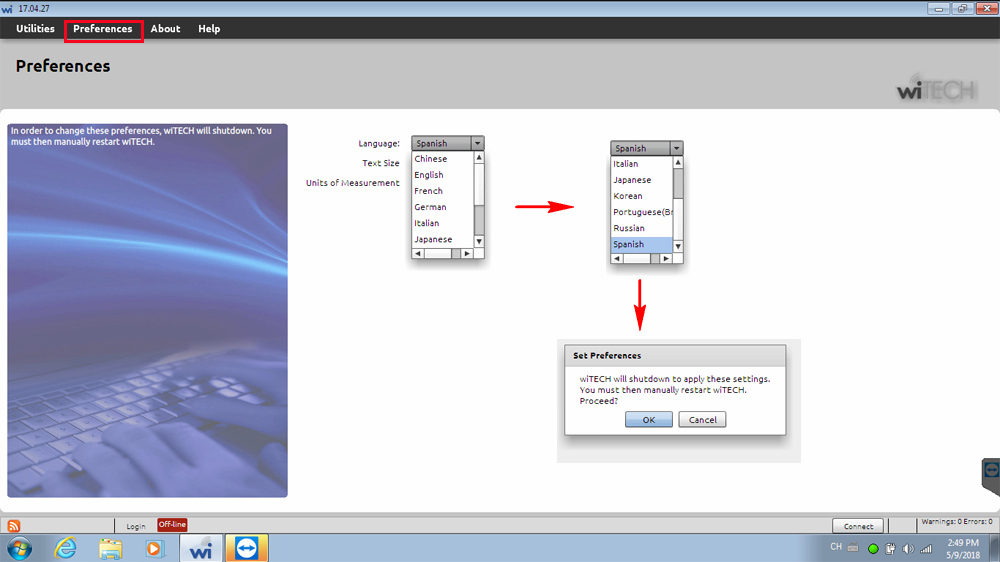
MicroPOD 2 Languages
NOTICE:
1. The software can’t be updated.
2. We can offer Software CD
3. If the software shows ” Registration Required “, please contact us, we will show you steps to fix it.
MicroPOD II model year coverage:
Although small in stature, this dongle-style device offers 100% CAN – equipped coverage to 2016 for Chrysler, Dodge, Jeep, and Fiat vehicle platforms.
MicroPOD II features:
1. Supports all the latest technologies and vehicle platforms including the latest Chrysler and Fiat Vehicles.
2. Works as a direct replacement for the wiTECH POD
MicroPOD II function:
1. It can be used as diagnostic and programming tool by the dealerships. It replaces your StarMobile, StarScan, and wi-TECH POD, and enables your technicians to increase their productivity and provide world-class diagnostic services to your customers.
2. A separate Tech Authority Subscription is required to access to Module Re-Flash Programming, TSBs, wiring diagrams, and repair information.
Installation Steps:
1. Install AdobeAIRInstaller.exe
2. Install jre-6u45-windows-i586.exe
3. Install wiTECH_Install_17.04.27.exw
4. Restart the computer
Warning for installation:
1. The computer on the day of the date.
2. The computer must be connected to the Internet.
3. Connect the interface with laptop via USB Cable (Automatically install the USB Driver), open the software.
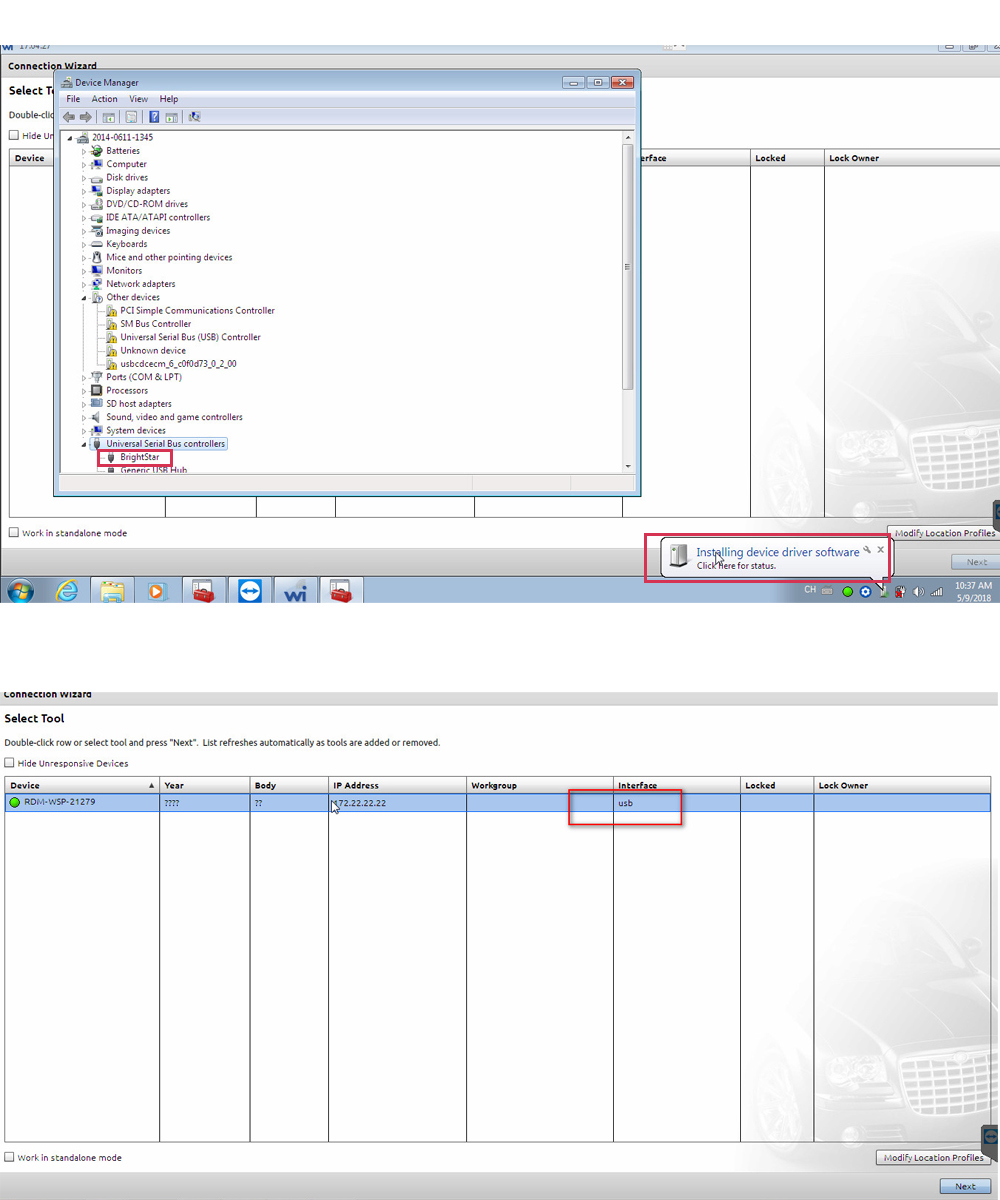
MicroPOD 2 New Driver
4. Tip registration, Turn off the software and turn it on Repeat several times , then you can use it normally .
5. If the software shows ” Security Alert ” like the follow picture, please click “x” to close it .
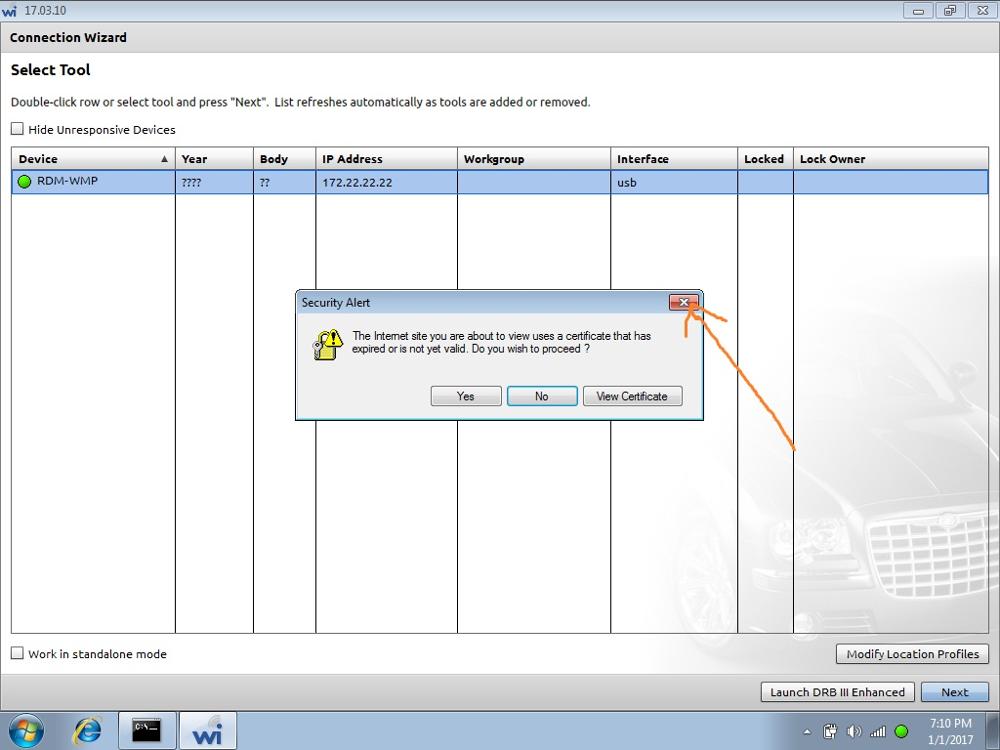
MicroPOD 2 Alert
6. On the follow page, please choose ” work offline”
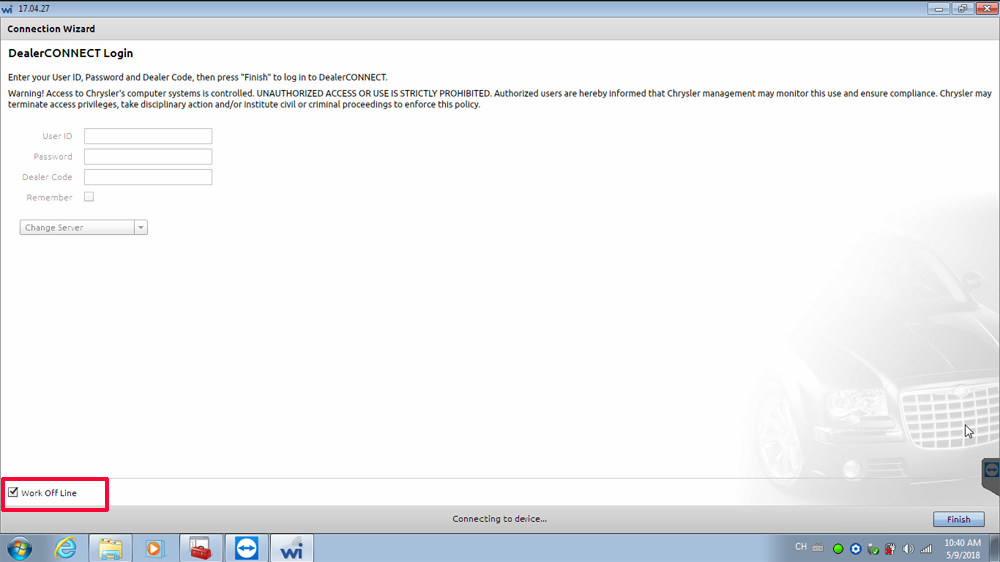
MicroPOD 2 offline
Package:
MicroPOD II interface x 1
USB cable x 1
CD x 1

MicroPOD II V17.04.27 Whole Package
FAQ:
Q: Does it work with jeep and fiat ?
A: It can work with Chrysler, Dodge, Jeep and Fiat , but for fiat, it can not automatic read the VIN, need to enter the VIN manually.
Q: Is the DRB III mode works offline?
For the DRBIII emulator , it can not work alone, so i don’t know what do you mean for works offline.
You can connect to the internet when you use the witech mircropod 2 software , but the software can not be updated.
Q: Is software easy to install?
A: Yes, the software is easy to install, there is a software installation vedio on the CD, it will teach you how to install the software.
